News & Press
Conference brings scientists to Freiburg for interdisciplinary exchange
At the 1st International Conference and Scientific Exhibition on Living Materials Systems, more than 180 researchers discussed intelligent material systems across disciplinary boundaries.
The development of material systems that respond to external stimuli, adapt, are robust and self-healing, and generate energy autonomously – in short, that resemble biological systems in their functions and behave intelligently – play a key role for novel applications and concepts, for example in medical technology, soft robotics or architecture. But what is taken for granted in nature poses multiple challenges for research. These challenges require scientists to collaborate across disciplinary boundaries.
The 1st International Conference and Scientific Exhibition on Living Materials Systems therefore aimed to promote exchange between researchers from, among others, biomimetics, chemistry, physics, materials science, engineering, microsystems technology, philosophy, psychology and sustainability research. The concept was a success: More than 180 international scientists attended the first conference of the livMatS cluster from March 21 to 24 to discuss current developments in the field.
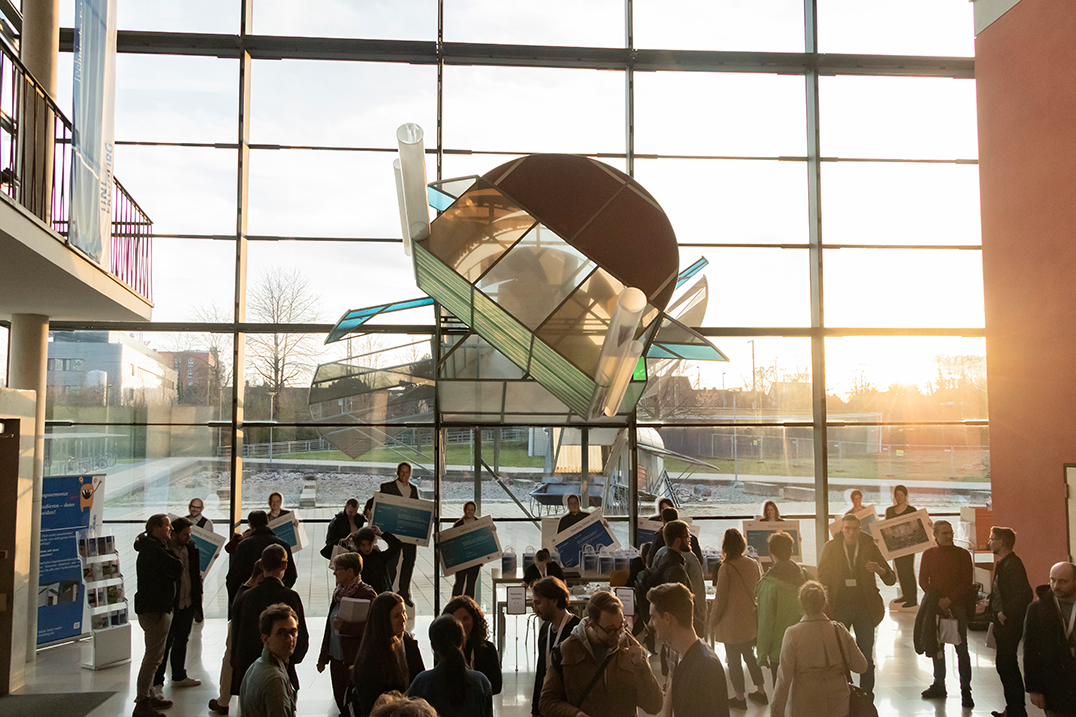

Great potential in the further development of materials systems
The conference was opened by a welcome speech of Prof. Stefan Rensing, Vice-Rector for Research and Innovation at the University of Freiburg. He emphasized that livMatS' research touched on aspects that should be of great concern to everyone in light of climate change: "Material concepts based on non-sustainable material systems will have no future in our society." In his speech, Rensing also hinted at the great potential that lies in the further development of living material systems. For this reason, he stated, the Cluster of Excellence livMatS was also a central component of the research profile of the University of Freiburg.
"The 1st International Conference and Scientific Exhibition on Living Materials Systems was a unique opportunity to network with scientists from the fields of biomimetics, soft robotics, chemistry and biology", Dr. Isabella Fiorello, Istituto di Tecnologia
The conference sessions focused on the adaptivity, longevity and energy autonomy of material systems, as well as their societal implications, sustainability and application areas. The conference presentations focused on topics such as bioinspired architecture and building materials, soft robotics, wearable microsystems that generate energy, mechanical metamaterials, adaptive hydrogels, photosupercapacitors, and actuators that respond to stimuli such as light or magnetic fields, and methods such as Cognitive Affective Maps to explore people's technology acceptance.
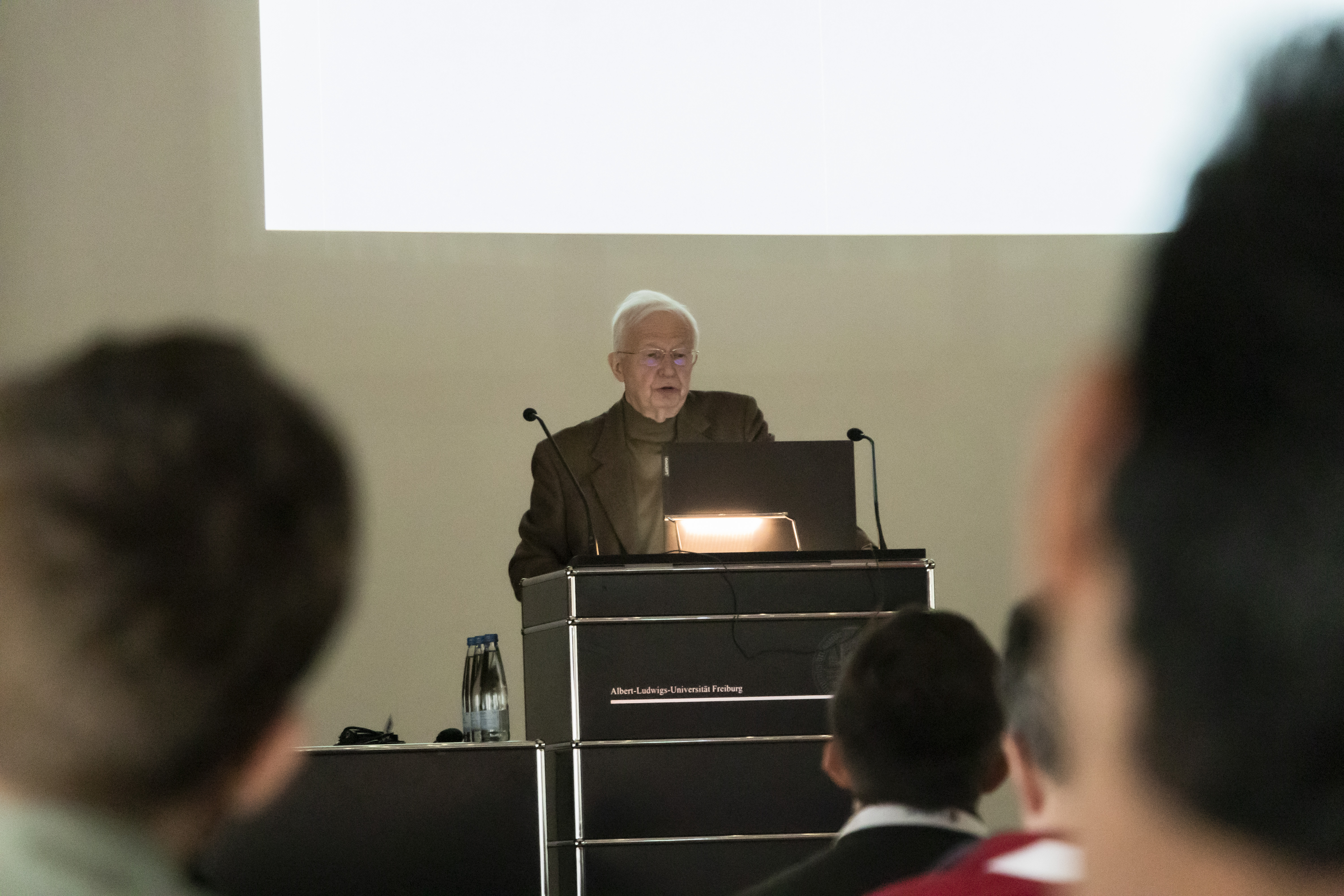
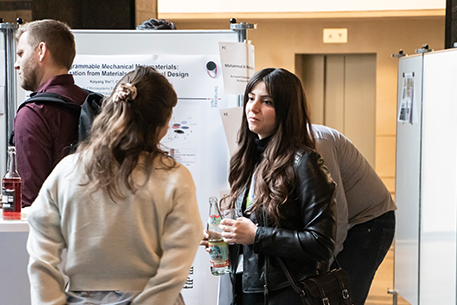
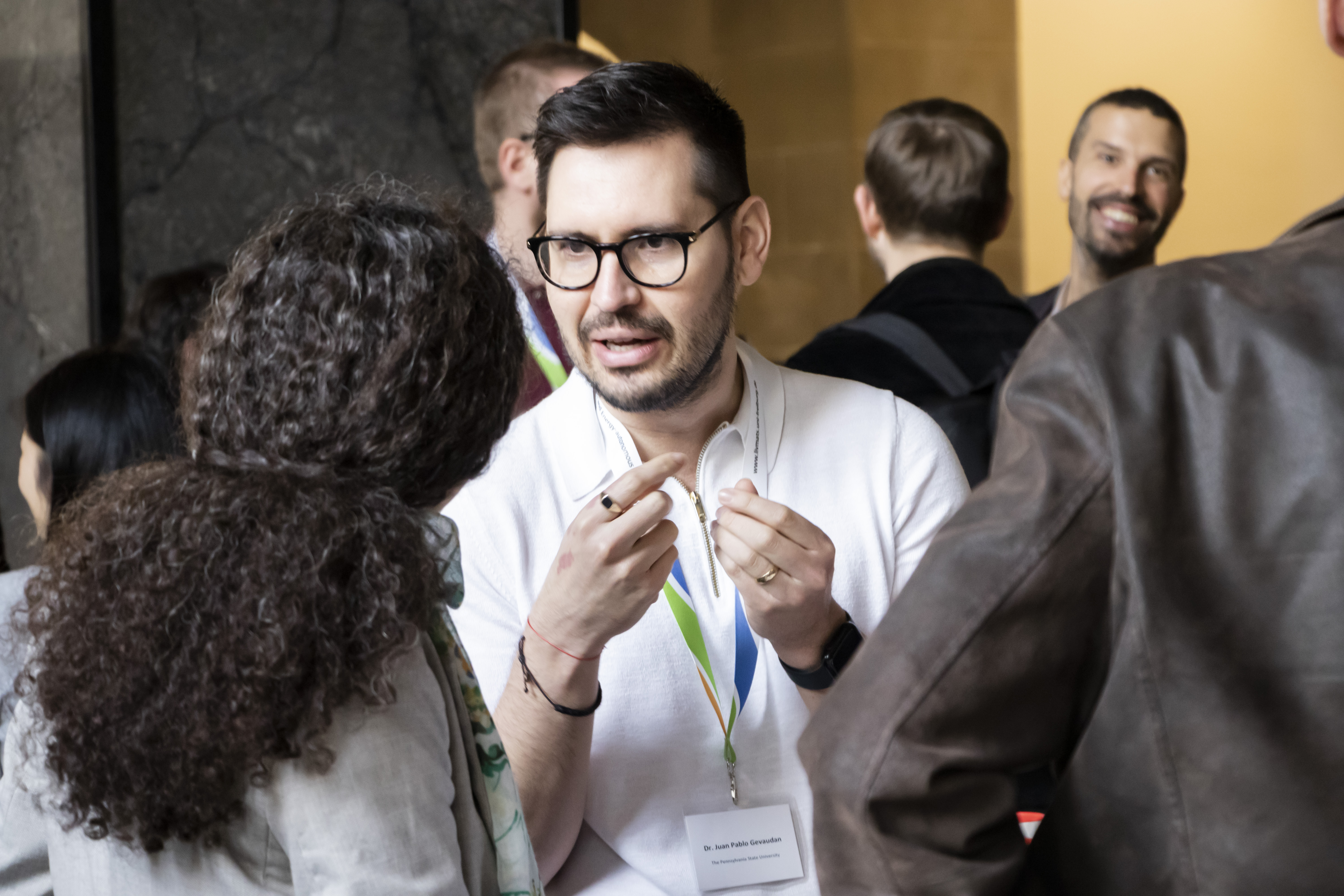

In addition to the session talks, poster flash talks and poster sessions allowed especially young researchers to present their projects and results. "The 1st International Conference and Scientific Exhibition on Living Materials Systems was a unique opportunity to network with scientists from the fields of biomimetics, soft robotics, chemistry, and biology," said Dr. Isabella Fiorello, conference participant from the Istituto di Tecnologia in Italy.
"The scientific program was of very high quality. I truly liked the event", Prof. Sybrand van der Zwaag, TU Delft
The thematic sessions were complemented by presentations from 20 leading experts in their field. Plenary talks came from Prof. Barbara Mazzolai from the Istituto di Tecnologie (IIT) in Italy, Prof. Zoubeida Ounaies from Penn State University and the Convergence Center for Living Materials Sysems (LiMC²), Prof. Hayden Taylor from UC Berkeley, Prof. Yuji Suzuki from the University of Tokyo, as well as Prof. Nancy Tuana from Penn State University and Prof. Sybrand van der Zwaag from TU Delft, among others. Following his presentation, Van der Zwaag praised the organization of the conference: "The scientific program was of very high quality. I enjoyed the event very much." The topics of the talks ranged from molecular and nanoscale structures to macroscopic applications. Prof. Achim Menges from the Cluster of Excellence IntCDC at the University of Stuttgart gave a presentation on how buildings can feature new architectural elements through adaptive façade shading, thus enabling resource-saving construction. Menges showed that completely new living environments can be created with the help of intelligent material systems.
Lecture by Nobel laureate and pioneer of supramolecular chemistry
A highlight of the conference was the lecture by Prof. Dr. Jean-Marie Lehn, Nobel Laureate for Chemistry and pioneer of supramolecular chemistry. In his Keynote Talk, "From Supramolecular Towards Adaptive Materials," Lehn presented his work on dynamic polymers that can change their mechanical and optical properties through incorporation, exchange and recombination of their monomeric components and adapt or even self-heal in response to external stimuli.
"The conference offered a great mix of leading researchers and future talents from around the world", Dr. Tino Meyer, company representative
The program, which left room for ideas from experienced scientists as well as presentations from young researchers, convinced the participants: "The conference offered a great mix of leading researchers and future talents from all over the world", summarizes Dr. Tino Meyer, who attended the conference as a company representative to learn about research in the field.
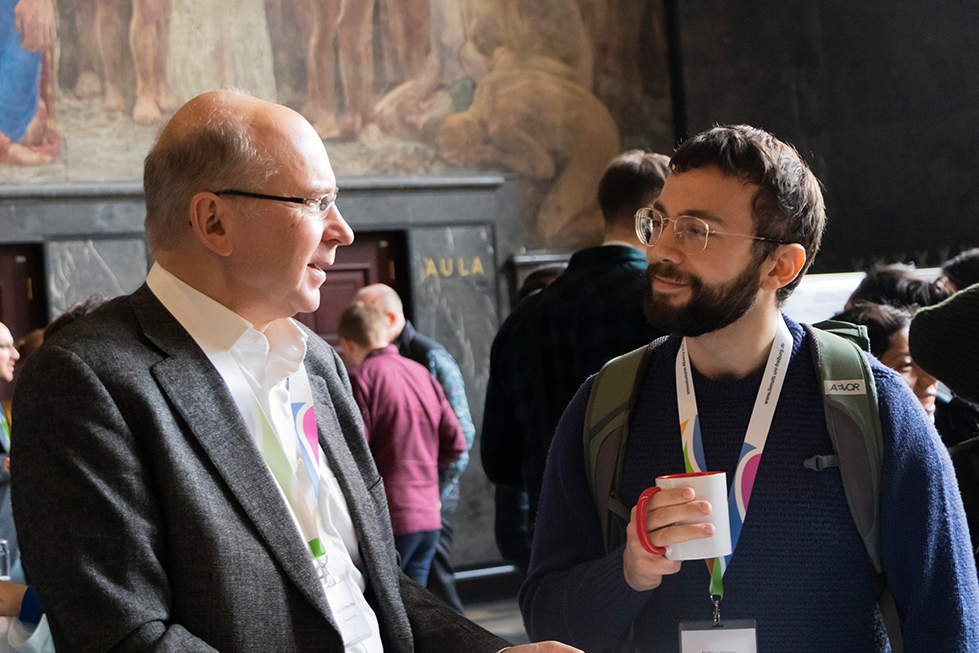

"The conference was very well organized, it was timely and of the right size. It featured top researchers in the field as plenary and invited speakers, and relevant shorter talks were given reporting on the progress and demonstrations of ongoing research", Prof. Olli Ikkala, Aalto University
Prof. Olli Ikkala from Aalto University in Finland, who attended the conference as an invited speaker, also highlighted its focus: "The conference was very well organized, it was timely and of the right size. It featured top researchers in the field as plenary and invited speakers, and relevant shorter talks were given reporting on the progress and demonstrations of ongoing research." In addition to the scientific program, various activities such as an evening reception with wine tasting, guided tours of the old town in Freiburg and the two pavilions of the cluster, and a conference dinner provided plenty of room for exchange.
The conference with its diverse contributions has once again shown how much innovative power there is in research on living material systems, says Prof. Dr. Jürgen Rühe, spokesman of the livMatS Cluster of Excellence. "From new forms of energy generation and multifunctional materials for robotics to sustainable architecture and new insights into the social acceptance of technologies, this research holds answers to some of the challenges of our time. This is a potential that we will fully exploit in the coming years - also thanks to the contacts and networks created by the conference.
